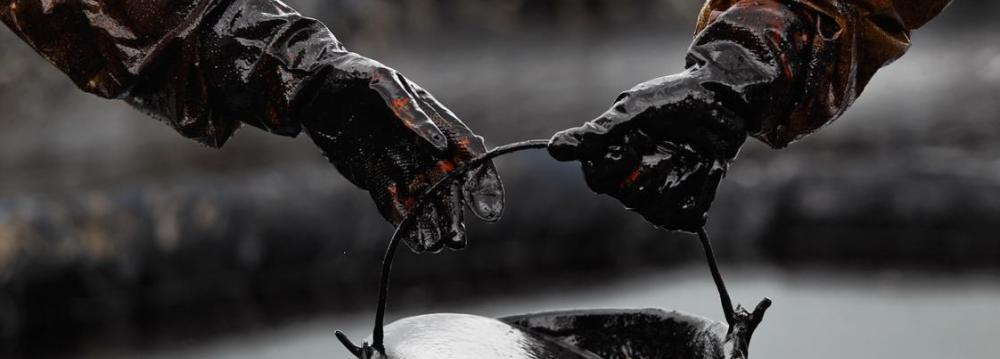Eight years ago, 75% of Iran’s total annual spending were provided by selling crude oil and gas—a volume that has dropped below 20% now.
Iran’s Vice President for Science and Technology Sorena Sattari recently made the above statement in line with the convictions of the Leader of Islamic Revolution Ayatollah Seyyed Ali Khamenei.
“Creation of wealth by selling nonrenewable resources is not prosperity. This is not progress. This is self-deception. We should admit it is a trap for our nation. We suffer from raw selling,” the Leader said in a meeting three years ago.
Again in 2014, the Leader referred to the issue by saying, “Rich kids do not appreciate their money and spend it wastefully. Running the country by [revenues coming from] selling crude oil is similar to that.”
But, how did the sharp decline happen? What factors contributed to the drop? Has the country ended its heavy dependence on petrodollars?
According to Feryal Mostofi, an economist and industrialist, when a raw material is only minimally processed and sold without giving rise to a product of real added value, it is called raw selling.
However, many say there is no precise definition of raw selling, as every material inevitably undergoes a process at a given level.
For the sake of convenience, we assume that it refers to the sale of a raw material to a foreign buyer without converting it into a new commodity.
Petrochemicals
Iran’s petrochemical industry, the country’s second biggest source of income, has experienced a steady growth in the past few years, dragging down raw material sales.
In the last Iranian year (ended 20 March, 2015), Iran produced 44.5 million tons of petrochemicals, 10 million more than the production volume of six years ago, according to a report of National Petrochemical Company.
Nominal production capacity currently stands at 60 million tons a year, but plans call for doubling the volume by 2021 and raising the output to an ambitious 180 million tons a year by 2025.
To fulfill this ambitious goal, Tehran hopes to raise $70 billion in petrochemical investment over the next 10 years.
Ethylene, polyethylene, methanol, ammonia and urea are the main Iranian petrochemical products.
Iranian petrochemicalsare now exported to 60 countries, with Middle East countries and China taking in the lion's share of petrochemical exports.
As one of the main refinery products, gasoline production stands at 62 million liters per day, indicating an increase of about 20 million liters over the past 10 years.
This is while gasoline consumption has risen by a meager 3 million liters in the last decade.
In addition to quantity, the quality of gasoline has also improved dramatically, as the production of Euro-4 gasoline has soared nearly 10 times to reach 24 million liters a day since Rouhani took office in mid-2013, Oil Minister Bijan Namdar Zanganeh announced recently.
According to reports, Iran’s crude refining capacity, including gas condensates, stands at 1.8 million barrels a day.
Iran is planning to boost crude processing capacity to 3.2 million barrels a day by 2021.
Oil Prices
However, the most influential factor in reducing raw selling is the drop in oil price itself.
Over the past 18 months, oil prices have plunged from $115 a barrel down to around $30, registering a 70% decline.
In fact, the 20% share of raw selling in terms of costs show, to a great extent, the devaluation of raw materials and not a significant fall in their sales.
The share of oil revenues in the country’s budget has fallen from 65% nine years ago to 31% in the current Iranian year, according to the Persian daily Shahrvand.
The bad news is that the higher share of raw selling can return, when oil prices rise in future.
The case of OPEC’s kingpin Saudi Arabia is alarming. The Saudi economy, which is 80% dependent on oil, is so vulnerable that according to the International Monetary Fund, it may run out of financial assets needed to support spending within five years if the government maintains current policies of flooding the market with cheap oil.
This underscores the need for measures to shore up public finances amid the drop in oil prices.
The same is true of Bahrain and Oman in the six-member (Persian) Gulf Cooperation Council, the IMF said in a report in October, 2015.
Iran is no stranger to economic crises and financial restraints. The country has seen the oil's heydays and its freefall, learning to cope with tough western sanctions over the years. Iran, on the back of its hard-earned lessons, strong national will and proper planning, can lead its oil-dependent economy to safe shores and avoid the pitfalls that endanger the stability of other oil producing nations.



